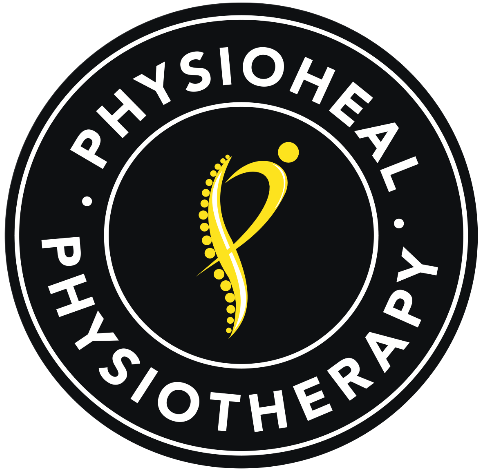We Are Open For Golfer's Elbow Treatment in Gurgaon!
Fill the form and let us call you back.
Effective Treatment for Golfer's Elbow - PhysioHeal Physiotherapy
Golfer’s Elbow
Golfer’s elbow, also known as medial epicondylitis, is a painful condition that affects the tendons on the inside of the elbow. It is caused by overuse of the muscles that bend the wrist and pronate the forearm. This can happen from repetitive activities, such as golfing, tennis, and weightlifting.

What are the causes of golfer’s elbow?
The most common cause of golfer’s elbow is overuse of the muscles that bend the wrist and pronate the forearm. This can happen from repetitive activities, such as:
- Golfing
- Tennis
- Weightlifting
- Carpentry
- Painting
- Plumbing
- Any other activity that requires repetitive wrist and forearm movements
In some cases, golfer’s elbow can also be caused by a sudden, forceful contraction of the wrist flexors. This can happen if you:
- Drop a heavy object on your hand
- Fall on your outstretched hand
- Have a sudden muscle spasm in your forearm
What are the symptoms of golfer’s elbow?
The most common symptom of golfer’s elbow is pain on the inside of the elbow, which can radiate down the forearm and into the wrist. The pain is usually worse with activities that use the wrist and forearm muscles, such as gripping, lifting, and twisting. Other symptoms may include:
- Tenderness over the medial epicondyle
- Stiffness of the elbow
- Weakness in the hand and wrist
- Numbness or tingling in the fingers
How is golfer’s elbow diagnosed?
The diagnosis of golfer’s elbow is usually made based on your medical history and physical examination. Your doctor will ask you about your symptoms and activities that make the pain worse. They will also examine your elbow and look for tenderness over the medial epicondyle. In some cases, your doctor may order imaging tests, such as an X-ray or MRI, to rule out other conditions.
How is golfer’s elbow treated?
Golfer’s elbow can usually be treated without surgery, with a combination of rest, ice, compression, and elevation (RICE). Your doctor may also recommend physical therapy exercises to strengthen the muscles in your forearm and wrist.
RICE therapy:
- Rest: Avoid activities that aggravate your pain.
- Ice: Apply ice to your elbow for 20 minutes at a time, several times a day.
- Compression: Wrap your elbow with an elastic bandage to reduce swelling.
- Elevation: Keep your elbow elevated above your heart when you are resting.
Physical therapy
Your physical therapist can teach you exercises to strengthen the muscles in your forearm and wrist. They can also help you modify your activities to avoid further injury.
In some cases, golfer’s elbow may not improve with conservative treatment. If this is the case, your doctor may recommend surgery to release the tight tendons.
How can I prevent golfer’s elbow?
There are a few things you can do to help prevent golfer’s elbow:
- Warm up before you start exercising.
- Stretch your forearm muscles regularly.
- Use proper technique when lifting weights or doing other activities that could put stress on your elbow.
- Take breaks if you feel pain.
- If you have pain, see a doctor or physical therapist for treatment.
If you are looking for treatment for golfer’s elbow in Gurgaon, then contact our best physiotherapist Dr. Divya Gaur at Physioheal Physiotherapy. Our team of experienced physiotherapists can diagnose and treat your condition, and help you get back to your normal activities as soon as possible. To book an appointment call +91-9999259307 or book online.
